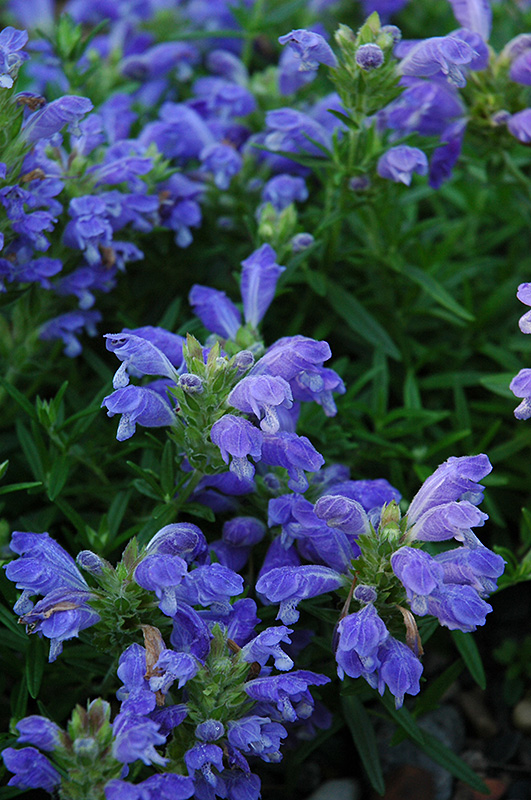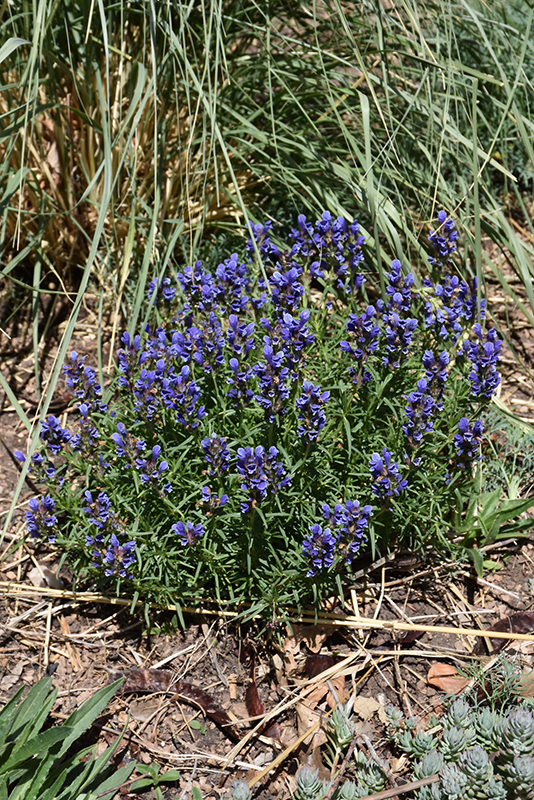Plant Height: 8 inches
Flower Height: 12 inches
Spread: 18 inches
Sunlight:
![]()
![]()
Hardiness Zone: 3a
Description:
Blooming in early summer, this selection features beautifully fragrant hooded blue flowers, that rise above tidy mounds of narrow green foliage; excellent for garden beds, borders or rock gardens; cut back in spring before active growing resumes
Ornamental Features
Dragonhead has masses of beautiful spikes of lightly-scented blue hooded flowers rising above the foliage from late spring to early summer, which are most effective when planted in groupings. Its narrow leaves remain forest green in colour throughout the season.
Landscape Attributes
Dragonhead is an herbaceous perennial with an upright spreading habit of growth. Its medium texture blends into the garden, but can always be balanced by a couple of finer or coarser plants for an effective composition.
This plant will require occasional maintenance and upkeep, and is best cleaned up in early spring before it resumes active growth for the season. It is a good choice for attracting bees and butterflies to your yard. Gardeners should be aware of the following characteristic(s) that may warrant special consideration;
- Spreading
Dragonhead is recommended for the following landscape applications;
- Mass Planting
- Rock/Alpine Gardens
- General Garden Use
Planting & Growing
Dragonhead will grow to be about 8 inches tall at maturity extending to 12 inches tall with the flowers, with a spread of 18 inches. It grows at a medium rate, and under ideal conditions can be expected to live for approximately 8 years. As an herbaceous perennial, this plant will usually die back to the crown each winter, and will regrow from the base each spring. Be careful not to disturb the crown in late winter when it may not be readily seen!
This plant does best in full sun to partial shade. It prefers to grow in average to moist conditions, and shouldn't be allowed to dry out. It is not particular as to soil type or pH. It is somewhat tolerant of urban pollution. This species is not originally from North America. It can be propagated by division.


